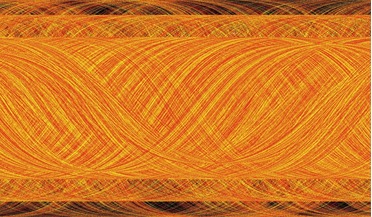 October 2021
Congested, contested... under-regulated and unplanned
October 2021
Congested, contested... under-regulated and unplanned
...make life difficult for the radio astronomy community. As mandated by the World Radio Conference in 2019, mega-constellation satellites must be equipped with filters that specifically aim to protect the radio telescopes which operate between 10.6 and...
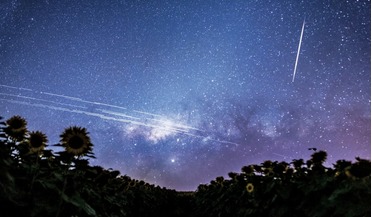 August 2020
Battle for the night sky - from telescopes to ad-breaks
August 2020
Battle for the night sky - from telescopes to ad-breaks
...might also be interested to see the Opinion piece by David Galadi-Enriquez in the last issue of ROOM: “Satellite mega-constellations threaten ground-based astronomy” [Spring 2020 (23)]. About the authors Lauren Napier is a PhD researcher in Space Law...
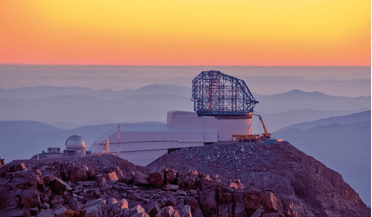 April 2020
Satellite mega-constellations pose threat to ground-based astronomy
April 2020
Satellite mega-constellations pose threat to ground-based astronomy
... case, would fail to solve the problems related to radio astronomy and space debris. Either way, the satellite mega-constellations represent a threat to the astronomical status quo. About the author David Galadí-Enríquez is a Spanish astrophysicist...
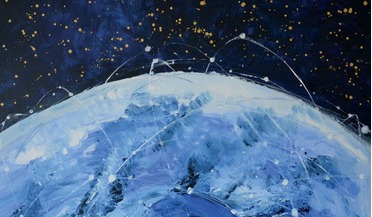 April 2017
Mega-challenges for mega-constellations
April 2017
Mega-challenges for mega-constellations
... a battery charger that made batteries susceptible to explosive rupture. Some 46 satellites get ‘stranded’ in space each year Such a design flaw in a large series of mega constellation satellites that are quickly launched one after another would have...
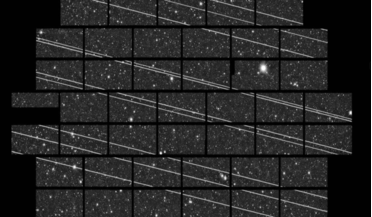 26 August 2020
LEO constellations will "fundamentally change" astronomy, warns new report
26 August 2020
LEO constellations will "fundamentally change" astronomy, warns new report
Over 250 astronomers attending a virtual workshop on the impact of satellite mega constellations have warned that the 100, 000 or more low-Earth satellites expected to be deployed in mega constellations by companies and governments alike will will “...
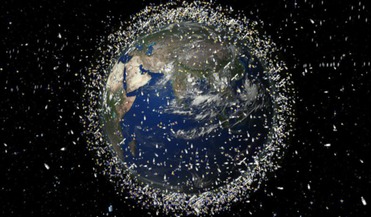 07 October 2020
Chinese company seeks approval to launch nearly 13,000 satellites
07 October 2020
Chinese company seeks approval to launch nearly 13,000 satellites
... – has today published a preliminary analysis of the potential impact of current satellite mega-constellations on its telescopes, and it doesn't look good. “Satellite mega-constellations don’t just affect optical and IR astronomy,” warns SKA Director...